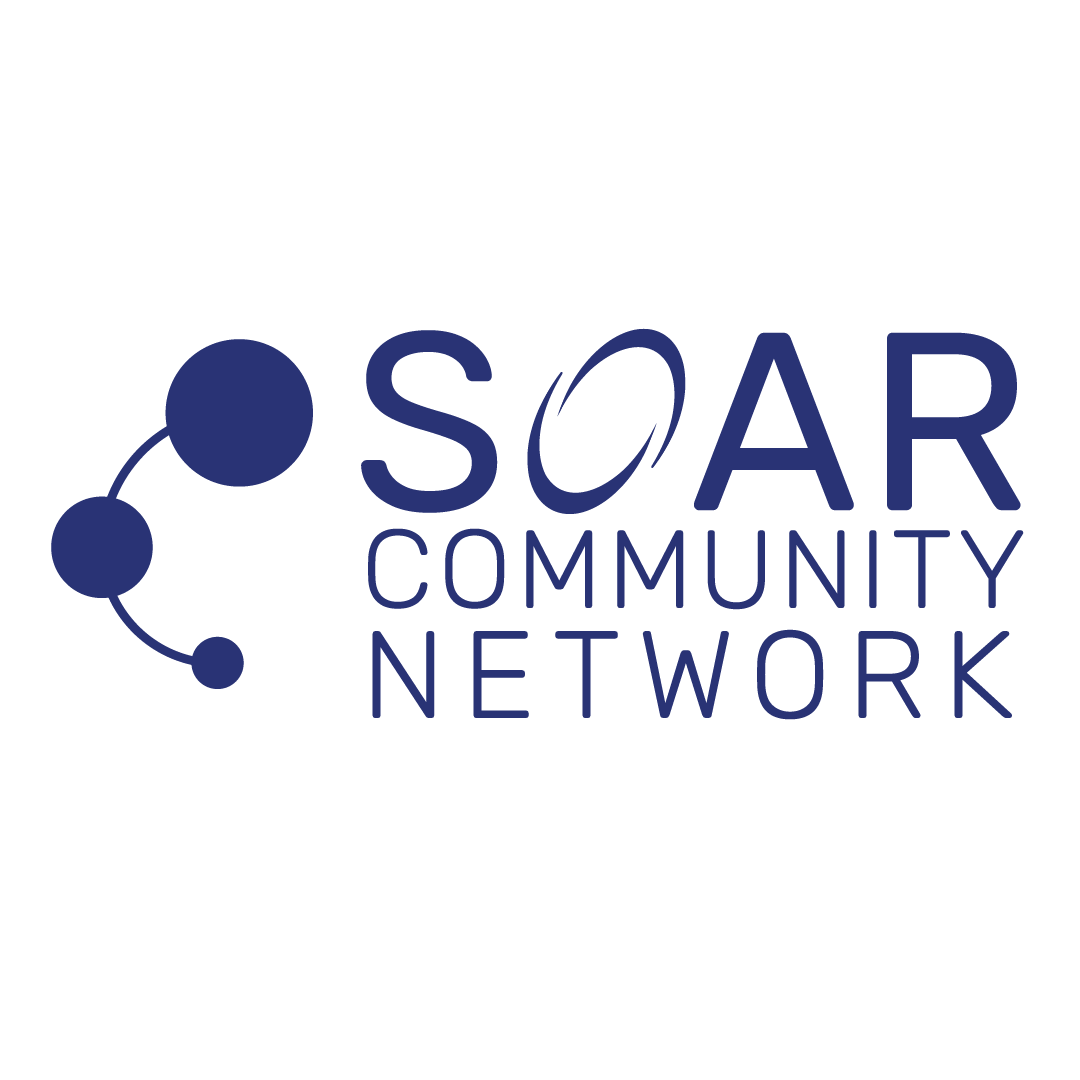Challenge:
Effective community engagement is crucial for Community Development Financial Institutions (CDFIs) to fulfill their mission and maximize their impact. However, many CDFIs struggle with engaging their communities effectively, which limits their reach and effectiveness. Let’s explore the challenges, the solutions, and the actions you can take to revolutionize your community engagement strategy. Many CDFIs face significant obstacles when it comes to community engagement:
- Lack of Clear Mission and Goals: Without a clearly communicated mission and set of goals, it can be difficult to focus efforts and build trust within the community.
- Underutilization of Behavioral Strengths: Organizations often fail to identify and leverage individuals who excel at building relationships, resulting in missed opportunities for effective engagement.
- Limited Two-Way Communication: Engagement efforts that don’t include regular feedback from the community can result in strategies that are out of touch with actual community needs.
- Inadequate Use of Technology: Many organizations do not fully utilize digital tools and platforms to reach and engage with a broader audience.
- Insufficient Partnerships: Working in isolation can limit the reach and impact of engagement efforts, while partnerships can significantly amplify these efforts.
Solution:
Addressing these challenges involves clarifying mission and goals, leveraging behavioral strengths, fostering two-way communication, utilizing technology, and building partnerships. Here’s how:
- Clarify Your Mission and Goals: Ensure your mission and goals are clearly communicated and aligned with community needs. This clarity helps focus efforts and fosters trust. When the community understands your purpose and objectives, they are more likely to engage and support your initiatives.
- Leverage Promoter Behavioral Types: Identify and utilize team members with Promoter behavioral types. These individuals excel at building relationships and can drive engagement initiatives effectively. Promoters are naturally inclined to connect with people, making them ideal for roles that require outreach and engagement.
- Foster Two-Way Communication: Create channels for regular feedback from the community. Engaging in active listening helps you understand community needs and respond effectively. This can include surveys, town hall meetings, and social media interactions. Two-way communication ensures that your strategies are informed by real community input.
- Utilize Technology for Engagement: Adopt digital tools and platforms to reach a broader audience. This can include social media, webinars, and community forums. Technology enables you to connect with more people and facilitates easier and more frequent communication. It also allows for innovative engagement methods that can attract diverse community members.
- Build Partnerships: Collaborate with local organizations and stakeholders. Partnerships can amplify your efforts and extend your reach within the community. By working with other organizations, you can pool resources, share expertise, and coordinate efforts to address community needs more effectively.
The Action:
Implementing these solutions involves specific actions that can be integrated into your organization’s practices:
- Develop and Communicate Clear Mission and Goals: Facilitate workshops to define and communicate your organization’s mission and goals. Ensure that these are visible in all communications and are regularly revisited to stay aligned with community needs.
- Conduct Behavioral Assessments to Identify Promoters: Use behavioral assessments to identify team members with Promoter traits. Assign these individuals to community engagement roles and provide them with the necessary training and resources to excel.
- Establish Feedback Mechanisms: Set up regular channels for community feedback, such as online surveys, community meetings, and social media platforms. Actively seek input and show that feedback is being used to shape your initiatives.
- Integrate Technology Solutions for Engagement: Implement digital tools and platforms that facilitate community engagement. Train your team on using these tools effectively and explore innovative ways to connect with your audience.
- Develop Strategic Partnerships: Identify potential partners within the community, such as local nonprofits, businesses, and government agencies. Reach out to establish collaborations and create joint initiatives that benefit the community.
Conclusion:
Revolutionizing community engagement is essential for CDFIs to maximize their impact and effectively serve their communities. By clarifying mission and goals, leveraging behavioral strengths, fostering two-way communication, utilizing technology, and building partnerships, you can transform your engagement strategy and drive greater impact.
Our C3 Framework, designed to foster compassionate, cohesive, and collaborative cultures, provides the foundation for these solutions, ensuring long-term success and impact.
Explore Your Behavioral Style
Unlock your team’s full potential by taking our behavioral assessment. This powerful tool provides insights into each team member’s unique strengths and behavioral styles. With this knowledge, you can foster a more cohesive, compassionate, and collaborative work environment. Plus, enjoy a free 30-minute explanation session on behavioral styles and how they can enhance your team’s performance. Start your journey towards a high-performing team today!

